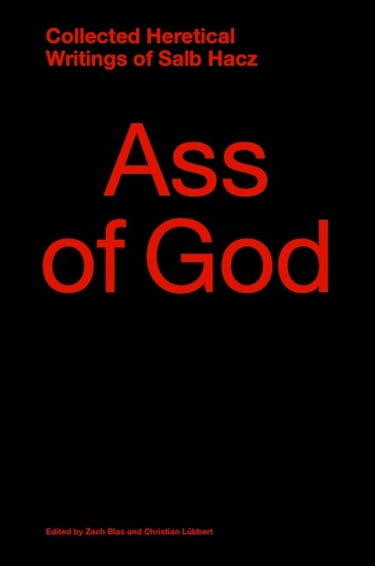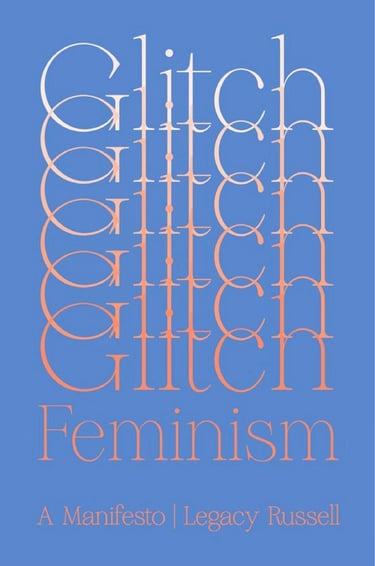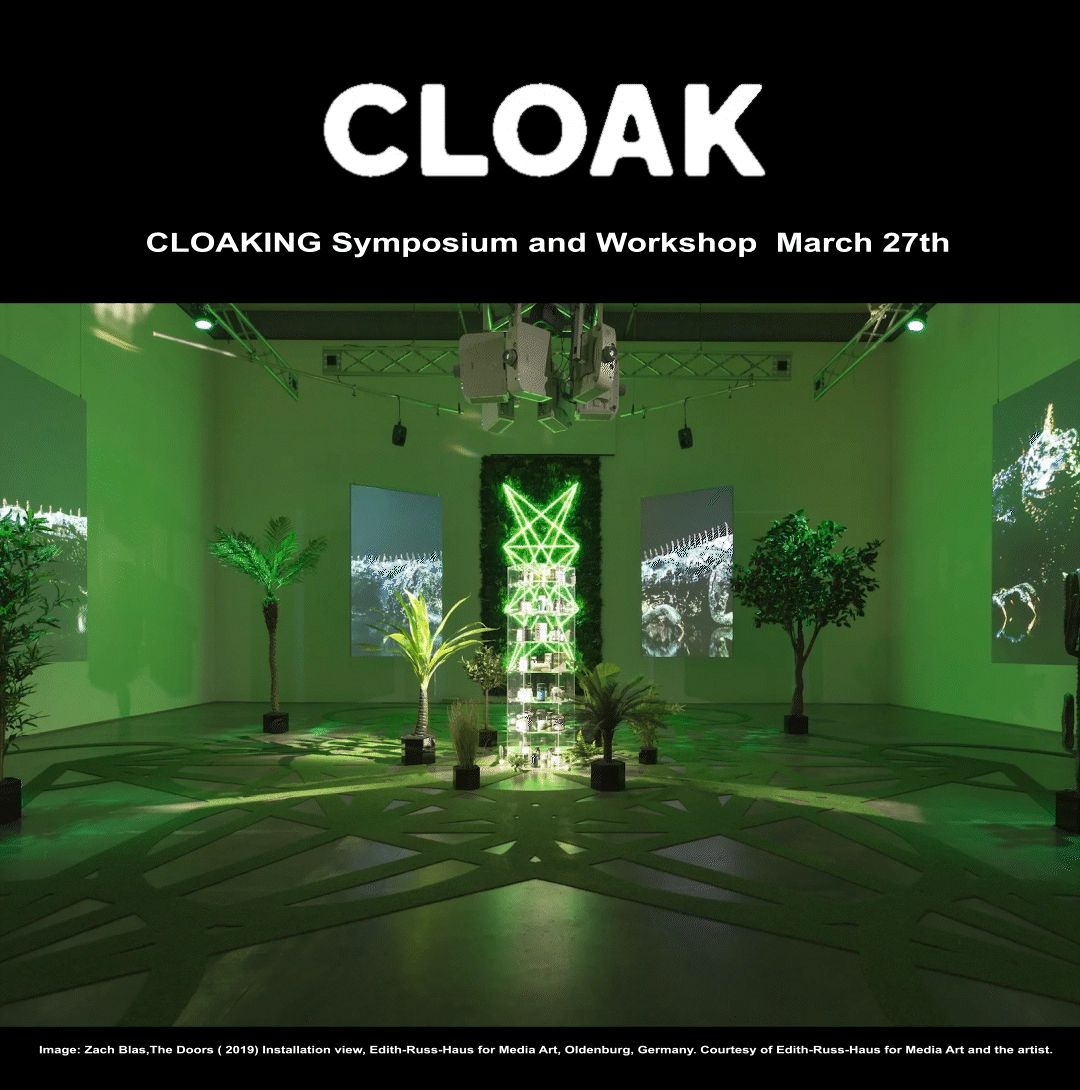Cloaking: Édouard Glissant’s Theory of Opacity
Cloaking is not only a technical adversarial gesture against artificial intelligence but it is a wider artistic strategy of resistance. A refusal to be fully legible, extractable, or defined by dominant terms. Within my current thinking, cloaking unfolds as a way to challenge systems that still demand visibility, clarity, and constant disclosure. Through abstraction, coded language, concealment, or fragmentation, cloaking becomes a mode of withholding, an insistence now more than ever on the right to complexity.
I keep circling back to Édouard Glissant’s theory of opacity, which defends the right not to be reduced to what can be easily understood. Glissant wrote against the colonial drive to make the Other transparent, to name, classify, and consume. His words continue to resonate. Opacity, for me, preserves the fullness of identity, expression, and relation without surrendering them to dominant frameworks. To embrace opacity now is to refuse cultural legibility within systems that flatten or monetise difference.
Cloaking is not about disappearance. It is about reclaiming the terms of engagement. At this moment, it feels like a language of refusal, a way to confront hyper visibility, algorithmic capture, and the extractive gaze of institutions, markets, and machines. It allows me, and others, to protect what must remain complex, untranslatable, or sacred. In this sense, cloaking becomes both protection and protest. To cloak is not to hide, but to declare: you do not have the right to consume all of me.
Cloaking: Toward a Critical Theory
Elaine Hoey
In the months ahead, I will continue to expand my research into the emergent concept of CLOAKING as a critical theory and a strategy of resistance within digital art practice. This work will evolve both a theoretical and artistic framework that locates cloaking within the intersections of tactical media, artistic activism, political philosophy, and technological intervention.
This inquiry extends from my existing research and positions cloaking as a method for resisting systems of visibility, extraction, and control. It will operate as both a practical research tool and a discursive platform, tracing the aesthetic, political, and ethical dimensions of cloaking across visual culture, theory, and technology.
At its core, cloaking resists visibility. Philosophically, it draws on Édouard Glissant’s concept of opacitythe right to remain unknowable and irreducible within regimes of surveillance and categorisation. It also speaks with Judith Butler’s writings on legibility and performativity, and Michel Foucault’s analyses of power, biopolitics, and disciplinary control.
Artistically, cloaking emerges through traditions of refusal, camouflage, visual interference, and the politics of concealment. These approaches surface in tactical media, cyberfeminist practices, queer aesthetics, and anti surveillance art. They engage visibility not as a neutral condition but as a contested field, often disrupting or rerouting systems of recognition and capture.
Technologically, cloaking has become increasingly urgent in light of AI ethics and adversarial machine learning. Tools such as Glaze and Nightshade, developed by Ben Zhao and collaborators, deploy acts of data poisoning to block unauthorised image scraping and AI model training.
Cloaking is therefore not simply a gesture of concealment. It is an act of refusal, a disruption that moves between opacity and interference, between sabotage and strategic visibility. This research aims to articulate cloaking as a hybrid critical theory, a political strategy, a visual tactic, and a technological intervention in the age of AI and algorithmic governance.
Knowledge Exchange
Many thanks to Barry Haughey for sharing the details of this online course.
The Decentralized Web (or Web3) is an alternative model of the internet that removes reliance on centralized servers and corporations. Instead of data being stored and controlled by large platforms like Google, Amazon, or Meta, the decentralized web distributes data across a network of nodes.
The Cloaking Symposium and Workshop explored how artists can resist the extractive power of AI through critical dialogue and hands-on strategies. Featuring leading voices in art and technology, the event introduced cloaking tools and conceptual frameworks to protect creative work and assert agency in the age of AI.






